Editorial: “Reverse Racism” Does Not Exist, is a way for White People to Deny their Privilege
“Reverse Racism” is a term that is used to describe the belief that it is possible to be systemically or institutionally racist to white people. This does not exist because it is irrevocably impossible to be racist to the dominant race, which, in our society, is white people.
Somewhere in the past, the definition of racism was blurred. People seem to believe that “racism” means “prejudice” or “ignorance”. It is true that other races can have ignorant, prejudiced viewpoints of white people. However, racism is far more complex.
Racism is a system of disadvantages based race. It is impossible for a person of color to be racist, as they are the oppressed group, who don’t stand to benefit from such a system. At its core, racism is where one race benefits from the dominance of another.
While some white people believe that they are being oppressed simply because another race doesn’t like them, “prejudiced” and “racist” are not interchangeable. We live in a society where all races are not equal. White people have benefitted from the enslavement of black people, but have never been enslaved themselves. That fact alone proves that “reverse racism” not only does not exist, it can not exist. Moreover, white people do not suffer from police brutality, incarceration or appropriation at the same level as black people, or other people of color.
One of the main issues white people that believe in “reverse racism” have, is accepting the fact that they are more privileged than people of color. Many say things such as, “Why can’t we all just be equal?”, which would be great, in theory. In order to progress to a more equal state, however, white people need to realize that they have more privilege than people of color. By simply asking why we can’t all be equal, they are denying the fact that they are not oppressed. They are portraying their racism more fruitfully by jumping through hoops to justify the real racism that people of color experience every day.
This can be exemplified by the “All Lives Matter” Campaign, which was created after the “Black Lives Matter” Campaign was launched in 2012. “Black Lives Matter” was created after the murder of Trayvon Martin, a 17-year-old African-American child from Miama. Martin was fatally shot by George Zimmerman, a neighborhood watch volunteer, in February, 2012. Immediately following his death, Martin was put on trial, but Zimmerman was not.
The reasoning behind, “All Lives Matter,” is just that. All lives matter, not only black lives. This is the very problem with it. “Black Lives Matter” is in no way implying that all other lives do not matter. The purpose of the campaign isn’t to elevate black lives above white lives, but to focus on the good that black people bring, and commend them on their resilience in the face of oppression. “All Lives Matter” is an organization that denies the oppression of the African-American race, and therefor delegitimizes it, by refusing to acknowledge it.
Presidential candidate and Arkansas governor Mike Huckabee perfectly exemplified this white privilege through tweets during the democratic debate on October 13. “ALL lives matter. It’s time we stop burning cars, shooting cops, & recognize that life is a gift from God,” he said. Later, however, he proved his own racism by tweeting, “I would trust @BernieSanders with my tax dollars like I trust a North Korean chef with my labrador!” Huckabee is a prime example and figurehead for white people who advocate to ignore the history and culture of ethnic groups, while pushing for white supremacy.
Huckabee, who believes that racism is dead, recently stated in an interview with Fox News, “I keep hearing…People saying we need more conversations about race. Actually, we don’t need more conversations. What we need is conversions.” By implying that racism is solved, and would be solved further by the introduction of the church into peoples’ lives, Huckabee is demonstrating white privilege and supremacy.
Other politicians and white supremacists often state that they don’t even see color. This is also wrong and offensive, because it invalidates the identities of people of color. The color of one’s skin is not something to disregard, as it contains that person’s culture, ethnicity, race and background. However, to use the color of one’s skin as their defining factor, to use it to project judgement, discrimination and violence onto them, is racism. There is a clear difference between appreciation and bigotry.
One more claim by white supremacists is that “reverse racism” exists because they don’t have all the things that black people do, such as Black History Month. Often, they ask why they don’t have a “White History Month.” The reason behind this is that all American history is white.
Presidential candidate Donald Trump demonstrated his white supremacy via twitter in early October. “How is ABC Television allowed to have a show entitled “Blackish”? Can you imagine the furor of a show, “Whiteish”! Racism at highest level?” he said. What Trump fails to recognize is that “Blackish” is a show written and produced by a black man, starring black actors, in order to dismantle some racial injustices. Almost every other show on television is “whiteish,” written and produced by white people, starring white people, and about white people. The fact that “Blackish” exists is nowhere near racist, but the fact that Trump can’t tolerate it based solely on the race it is centered around, is very racist.
Despite the offensive, unjust claims that some white people are trying to make with “reverse racism,” the very term disqualifies itself. Racism is the discrimination and hate of another based solely on their race. The reverse of this would be an equal and just state. The term makes as much sense grammatically as it does for equality.
“Reverse racism” does not exist. Institutionalized racism is societal, and white people are societally dominant to people of color, whether they mean to be or not. Systemic racism is when the very structure of a society is built to give advantages to some and disadvantages to others. In both of these cases, white supremacy and privilege makes them the group that is not discriminated against. Any white person who argues that “reverse racism” does exist is trying to disregard the challenges that other races have faced in order to deny the existence of their privilege. They are, therefor, racist themselves.
Your donation will support the student journalists of Manitou Springs High School. Your contribution will allow us to purchase equipment and attend local conferences and trainings!








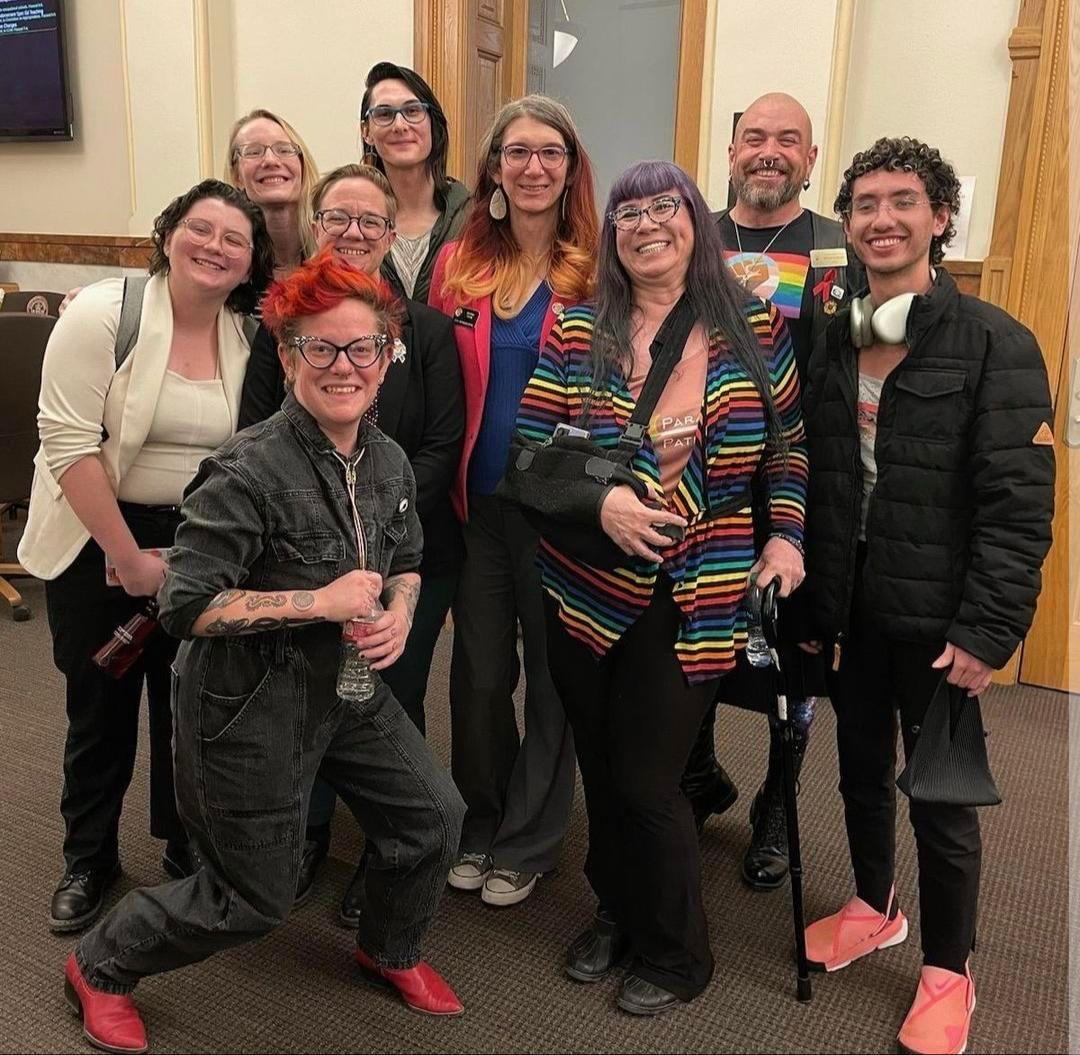
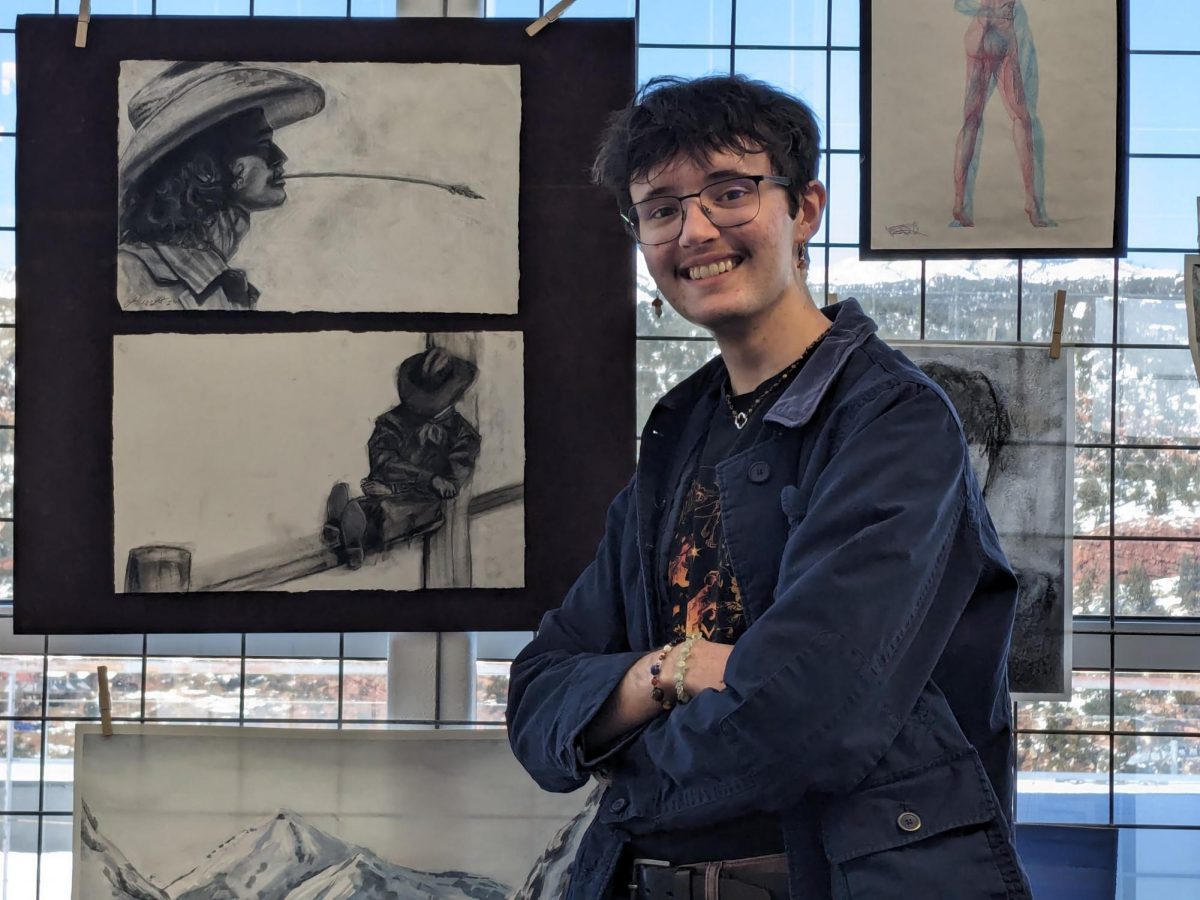








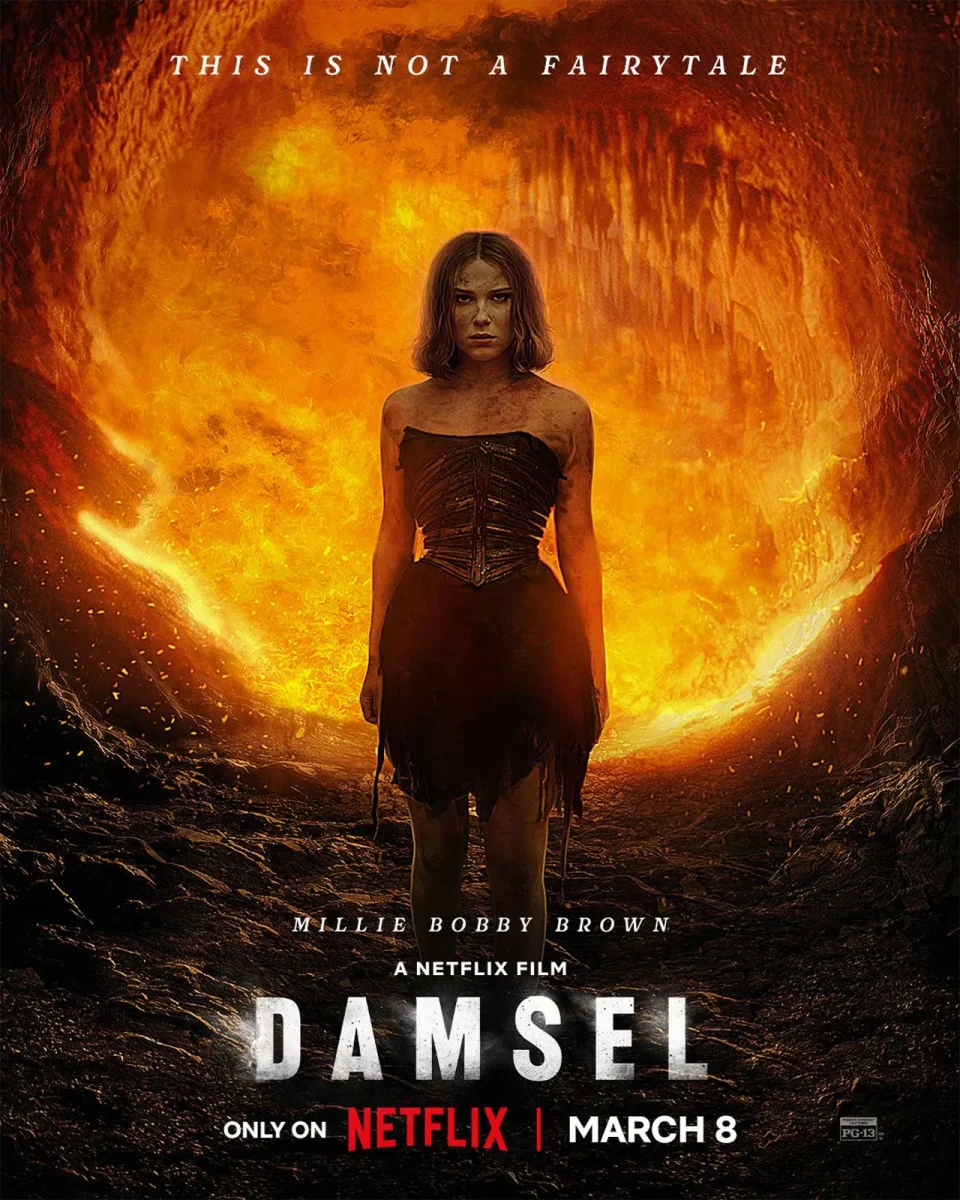

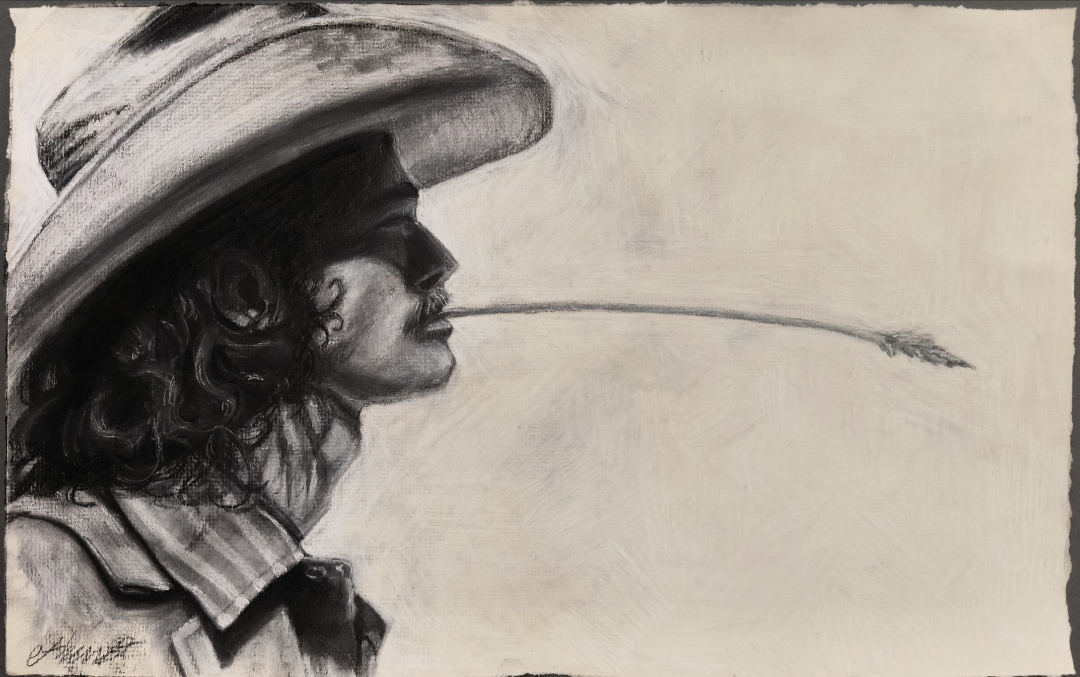












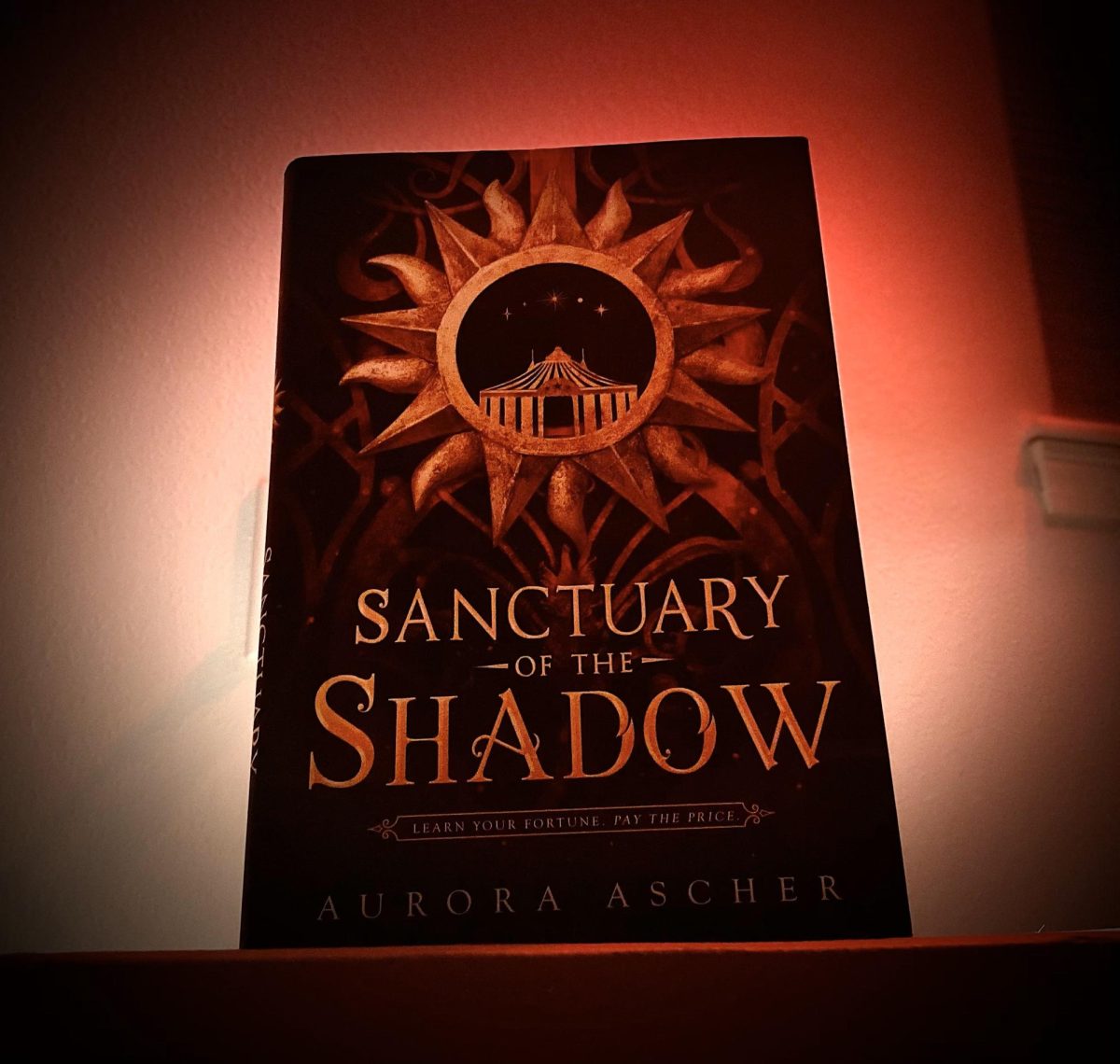
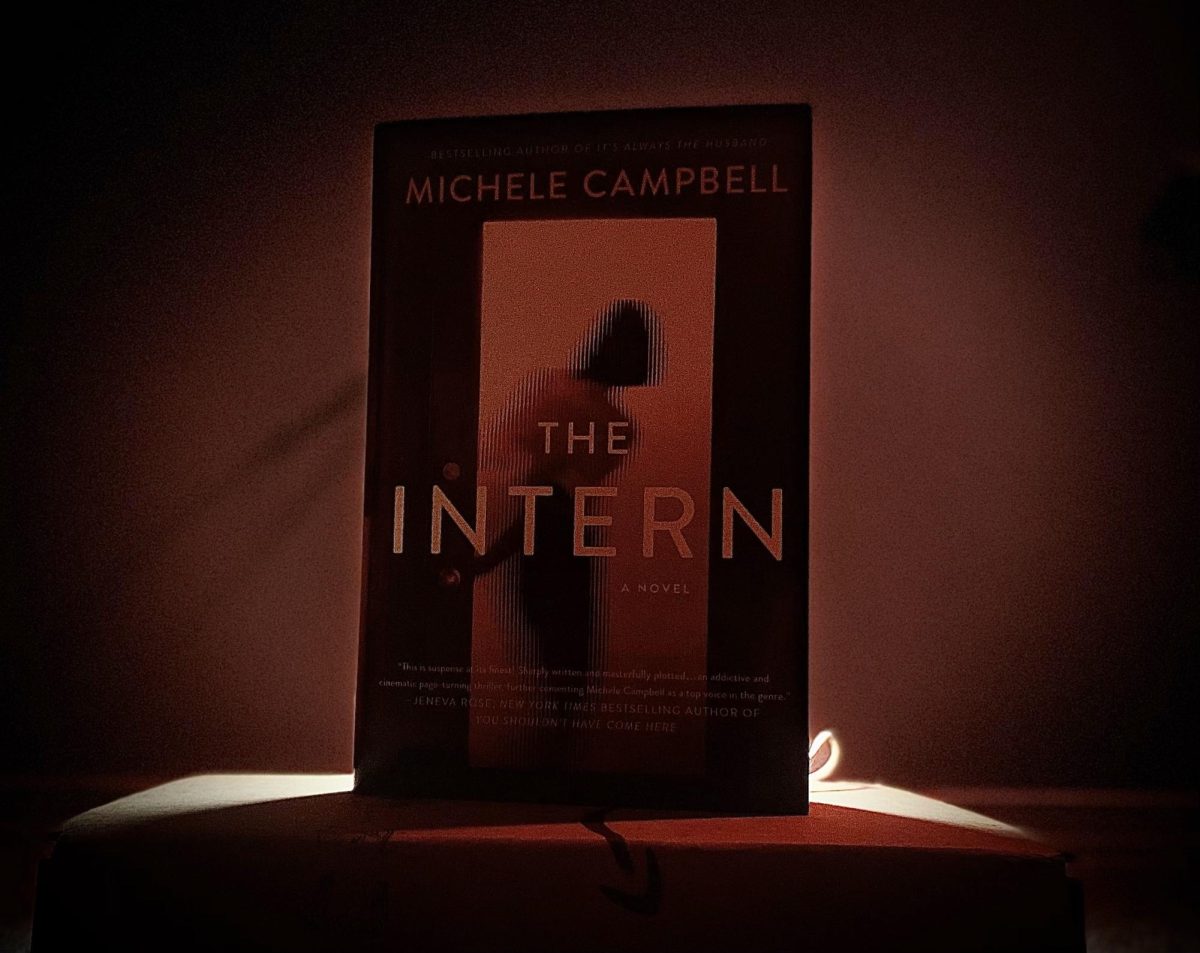


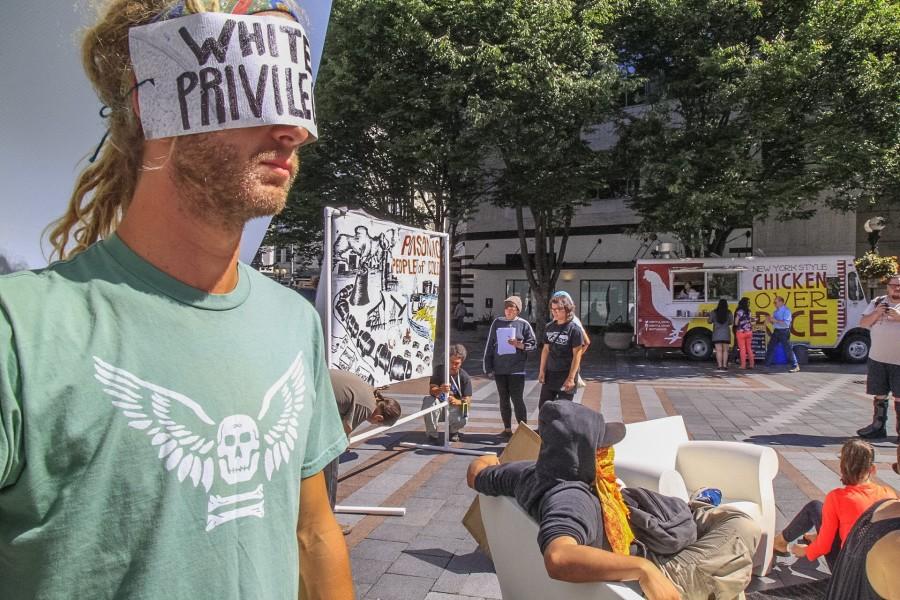





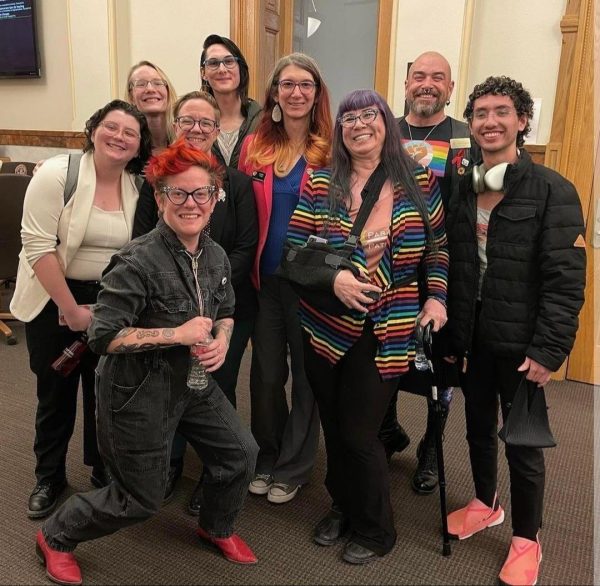






Isabel Dufford • Nov 9, 2015 at 11:13 am
Yeah Lily!!! This is fantastic, seriously, awesome writing and clear explanation of a really complicated and (for a lot of people) difficult to understand topic. I can’t wait to see more like this!